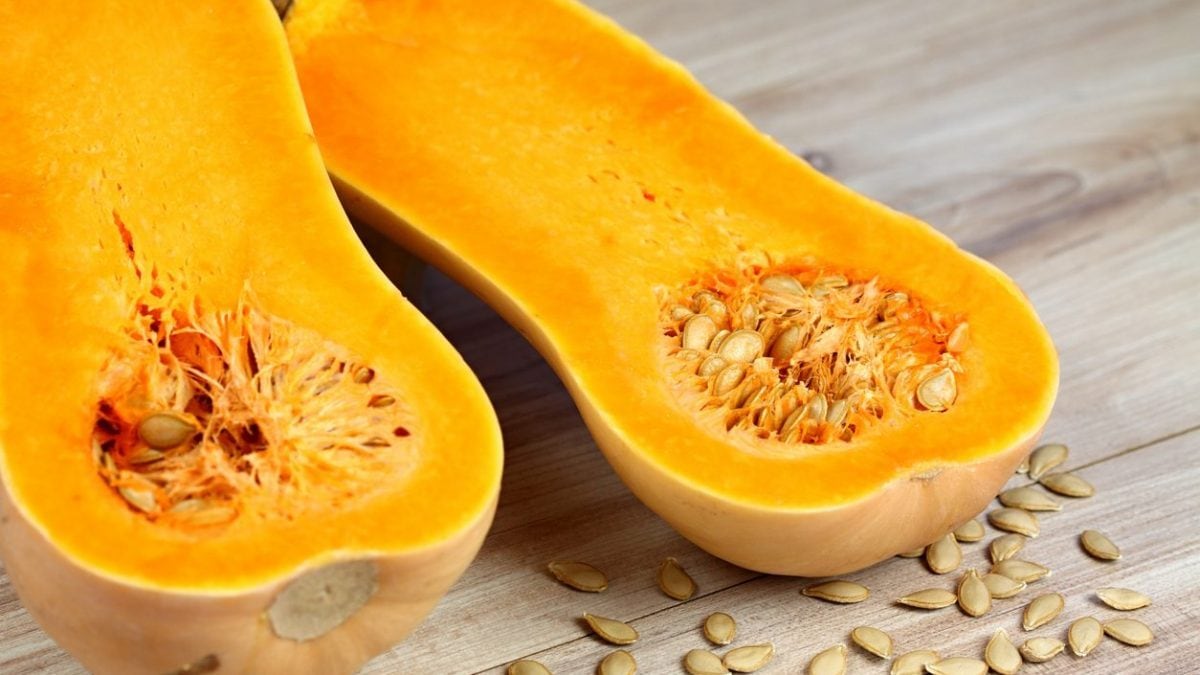
Pumpkin, the undisputed queen of autumn, is a versatile and nutritious food: it can be cooked both savory and sweet. But did you know that even its often-discarded peel hides a treasure trove of nutrients? Rich in fiber, vitamins, and minerals, eating whole pumpkins not only means enjoying a more flavorful dish, but also reaps a wealth of health benefits, significantly reducing waste. Here are the pumpkin varieties best suited to eating with the peel and how to best prepare them.
1. Hokkaido Pumpkin
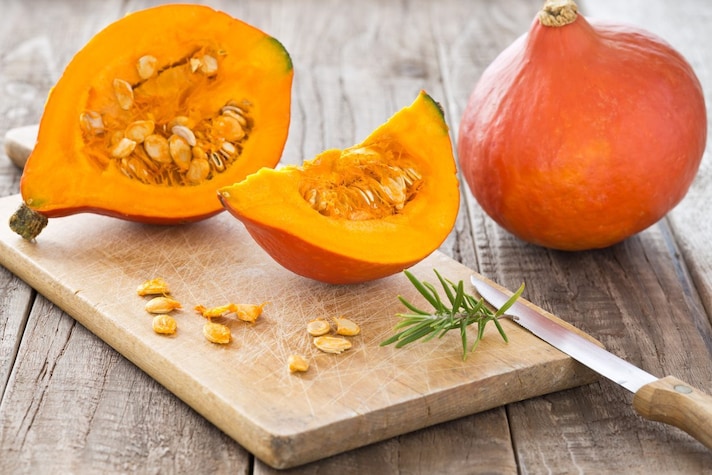
Also known as Potimarron Red Kuri squash or chestnut squash, the Hokkaido is a variety of Japanese origins, with a thin, sweet, orange skin. The characteristics that make this squash so unique and so popular (especially among the French) are three: its interesting nutritional profile, its sweetish flavor reminiscent of chestnuts, and its edible peel, which we can use and cook just like the pulp. Compared to other varieties, the chestnut squash is low in water but rich in fiber and vitamins; it is a good source of mineral salts, particularly iron, calcium, and potassium; its appearance resembles a large onion, and thanks to its versatility, it can be the protagonist of many recipes and preparations. The outer rind, orange like the pulp, is thin and completely edible. With the Hokkaido squash, we can bring to the table a baked side dish, flavored with rosemary: simply cut it into cubes or slices, season it with a drizzle of oil and a pinch of salt; Also excellent stuffed, with the seeds removed and then stuffed with meat or cheese.
2. Delica Pumpkin
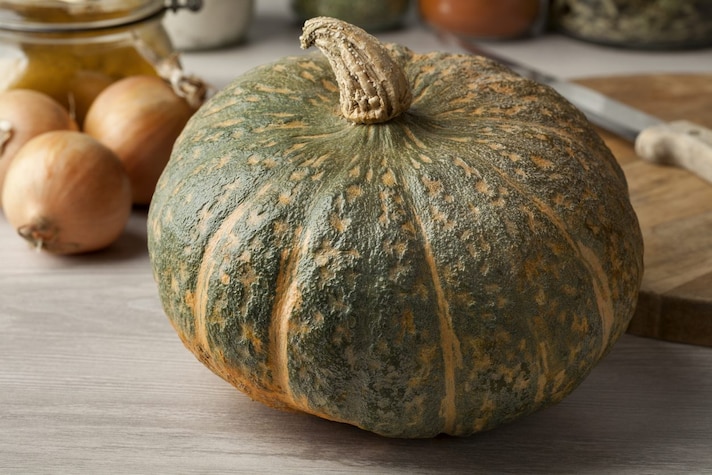
With a graceful, rounded shape, the Delica squash has a thin, dark green skin that's perfectly edible, yellow-orange flesh, and a sweet, chestnut-like flavor with a simply irresistible hazelnut aftertaste. An early variety of Japanese origin, the Delica squash is available during the warmer months of the year. Widely available throughout the U.S., the Delica squash is rich in minerals, boasts diuretic properties due to its high water content, and is an excellent source of fiber, which promotes regular bowel movements and digestive health. The Delica squash is the quintessential anti-waste variety: not only the pulp is consumed, but also the peel, seeds, flowers, leaves, and even the inflorescences. Thanks to its delicate flavor, the Delica squash lends itself well to a variety of preparations, both sweet and savory. Excellent in creamy soups and fresh pasta dishes, the Delica squash is also often used in the preparation of gnocchi, focaccia, or sweet creams. The seeds, toasted in the oven or in a pan, are an excellent hunger-busting snack to always have on hand, while the inflorescences are perfect for enhancing soups and first courses.
3. Violina or Butternut Squash Pumpkin
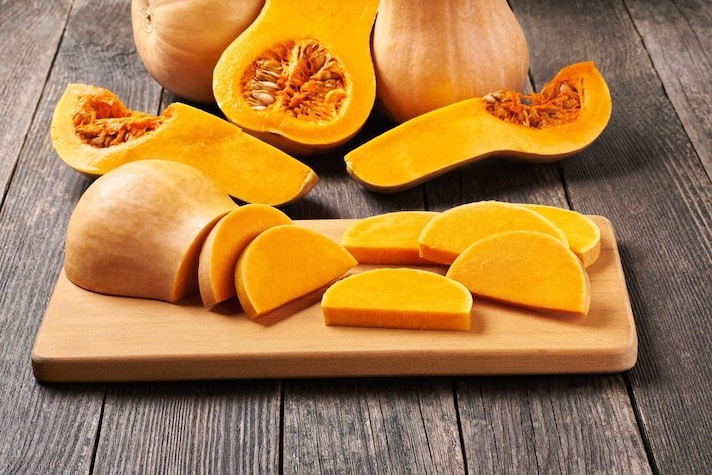
Impossible to miss, the Violina squash, also known as Butternut squash, has a distinctive elongated shape reminiscent of a violin. Small and light yet incredibly tasty, the Violina squash is enjoyed not only for its pulp and seeds but also for its smooth, very thin, pale orange peel. A typical winter variety, the Violina is rich in antioxidants, boasts anti-inflammatory properties, is rich in vitamins and minerals, and is an excellent source of fiber. Like the Delica squash, the Violina also has a sweet flavor, with aromatic notes and a nutty aftertaste reminiscent of hazelnuts, a characteristic that makes it ideal for making desserts, jams, or paired with savory dishes. Interesting fact: the Violina squash tends to absorb very little oil, making it perfect for fried, crispy and golden—with the peel, of course.
4. Kabocha Pumpkin
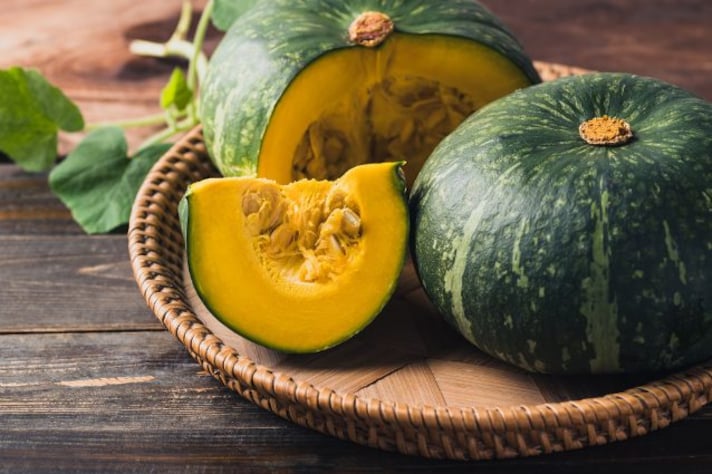
A cherished variety in both Asian and American kitchens, the Kabocha pumpkin—often called Japanese pumpkin—has become a seasonal favorite across the United States, especially in the Pacific Northwest and California. With its deep green, slightly mottled rind and vibrant orange flesh, Kabocha is known for its naturally sweet, chestnut-like flavor and dense, velvety texture. Unlike many larger pumpkins, its thin skin softens during cooking and can be eaten, making it ideal for roasting, steaming, or even tempura-style frying. In American home kitchens, it’s often used in soups, curries, and grain bowls, or simply baked in wedges and finished with olive oil and sea salt.
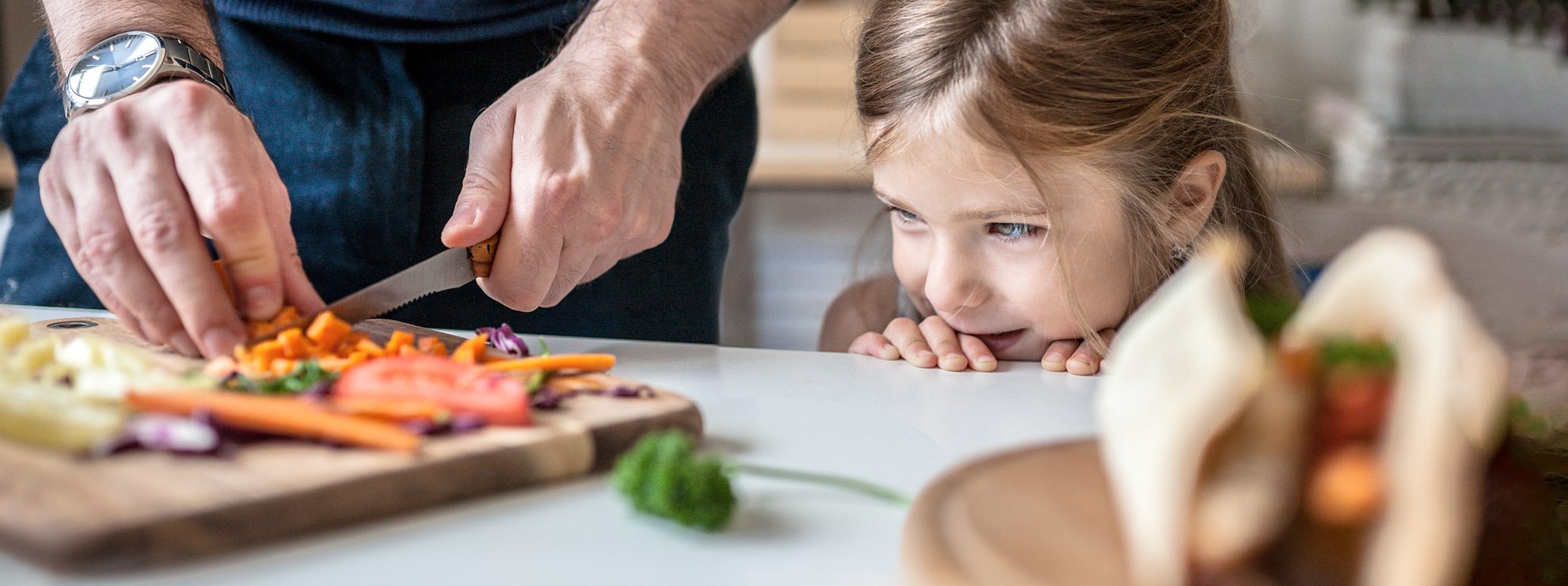;Resize,width=767;)
